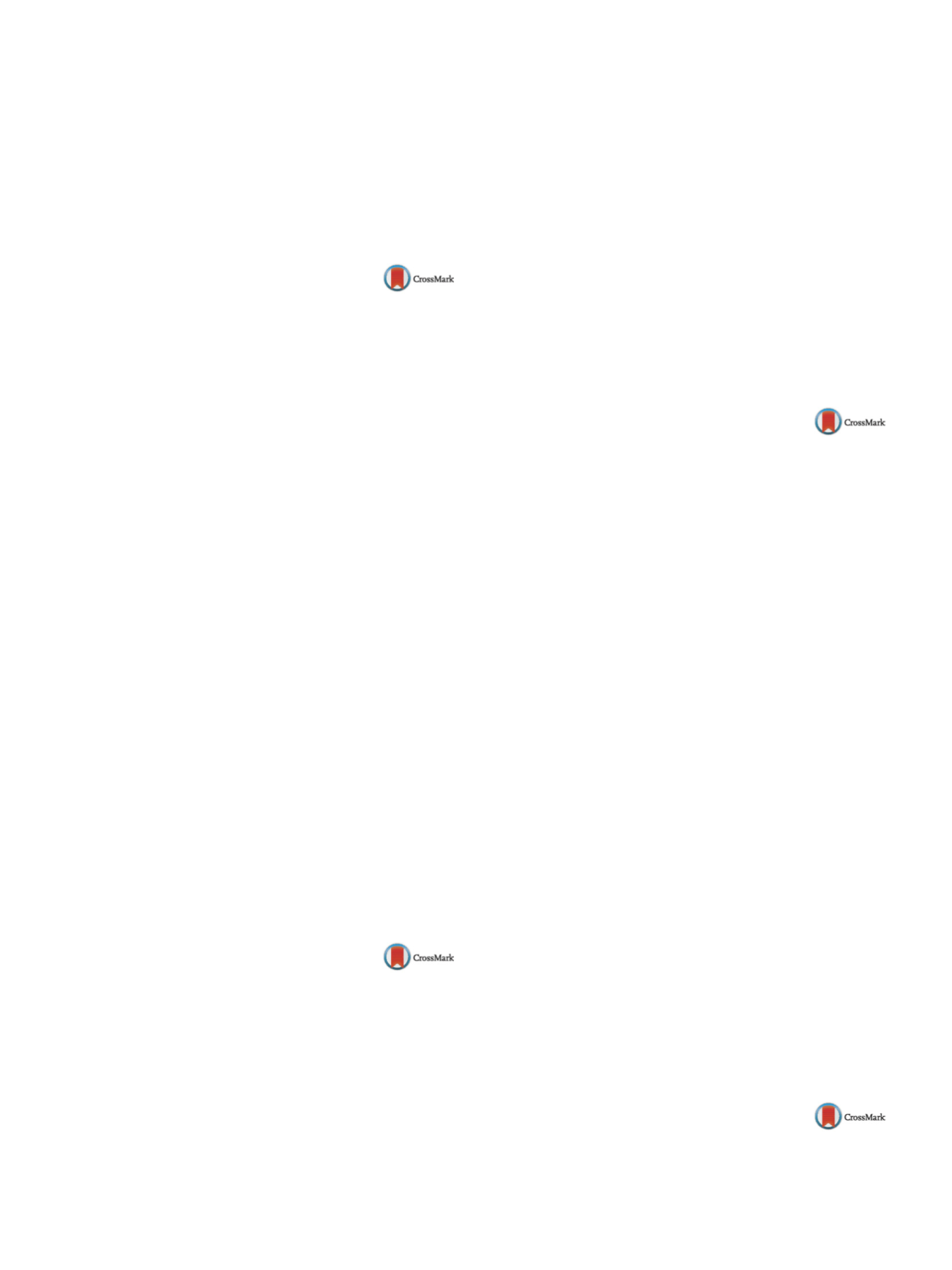

S462
25th European Congress of Psychiatry / European Psychiatry 41S (2017) S405–S464
est score among patients diagnosed with F20. Schizophrenia. To
conclude, long lasting injectable achieves important adherence and
high percentage of antipsychotic monotherapy, thus reducing the
side effects although our sample 4.7% which has occurred removed
therefore.
Disclosure of interest
The authors have not supplied their decla-
ration of competing interest.
http://dx.doi.org/10.1016/j.eurpsy.2017.01.510EV0182
Adherence to treatment program in
mental health rehabilitation service
V. Martí Garnica
1 ,∗
, M.D. Ortega Garcia
2, M.C. García Pérez
2,
C. Sánchez Carre˜no
21
Servicio Murciano de Salud, San Andrés Community Mental Health
Center in Murcia, Murcia, Spain
2
CSM San Andrés, Psychiatry, Murcia, Spain
∗
Corresponding author.
Aims
After several years of research to improve the action of
antipsychotic medication and to reduce its side effects, we have
realized the importance of an accurate intake of antipsychoticmed-
ication and because of it we started up a program in our Mental
Health Rehabilitation Service. Therefore, we can affirm that out-
patients behavior influence their intake medication and also the
efficiency of the drug prescription. The main consequence of inad-
equate treatment compliance is an increase in relapses and hospital
admission.
The aim of this program is to improve adherence to pharmaco-
logical treatment, to promote the quality of life for a better social
integration, to know the use of prescribed medication, to know the
health resources of the network to acquire the medication and to
acquire skills for greater autonomy in the management and man-
agement of medication.
Method
We analyzed a sample of 13 outpatient diagnosed with
severe mental disorder that started up into our Program “Adher-
ence to treatment” and their stabilization (less relapses and less
admissions) in two years’ time.
Results
One of the patients have completed the aims of the pro-
gramand he is living on his own, nine of themcontinue the program
without relapses or admissions, one dropped out the program
because of relapse and an another one have also completed the
program but he died because of somatic disease.
Conclusions
The experience of this program in group format is
positive, since patients acquire skills, knowledge and strategies in
their own treatment in linewith the recoverymodel in psychosocial
rehabilitation.
Disclosure of interest
The authors have not supplied their decla-
ration of competing interest.
http://dx.doi.org/10.1016/j.eurpsy.2017.01.511EV0183
Profile of side effects on a sample of
outpatient treated with long-lasting
injection paliperidone (LLIP)
V. Martí Garnica
1 ,∗
, M .D. Ortega García
2 , J.R. Russo de León
3 ,S. García Marín
41
Servicio Murciano de Salud, San Andrés Community Mental Health
Center in Murcia, Murcia, Spain
2
CSM Cartagena, Psychiatry, Murcia, Spain
3
Hospital Reina Sofía, Psychiatry, Murcia, Spain
4
CSM Lorca, Psychiatry, Murcia, Spain
∗
Corresponding author.
Aim
Assess the profile of side effects on sample of outpatients
treated with long-lasting injection paliperidone LLIP.
Method
Study of a population of 67 patients, 25 people are female
and 42 are male. In female sample, more than 52% are diagnosed of
Schizophrenia and the majority of female do not refer side effects
(88%) and only a little percentage of 12 refer side effects such as
amenorrhea (F20), stiffness (F20) and relapse (F25). Inmale sample,
more than 54.7% are diagnosed of Schizophrenia and themajority of
male do not refer side effects (80%) and only a little percentage of 20
refer side effects (F70) such fear of injection and sexual dysfunction
(F21).
Results and conclusions
In our sample, the number of women
diagnosedwith schizophrenia have a greater number of side effects
respects to men with the same diagnosis. However, it would be
important to increase the sample size of women to conduct a com-
parative study men/women to assess research in this field.
Disclosure of interest
The authors have not supplied their decla-
ration of competing interest.
http://dx.doi.org/10.1016/j.eurpsy.2017.01.512EV0184
Ganser’s syndrome: A nosographic
approach
M. Moalla
∗
, R. Sellami , I. Feki , S. Hentati , J. Masmoudi
CHU Hédi Chaker, Psychiatry “A”, Sfax, Tunisia
∗
Corresponding author.
Introduction
Ganser described a peculiar hysterical state, called
Ganser’s syndrome. This syndrome raisesmany etiological and psy-
chopathological unresolved issues.
Objectives
This article proposes to present the place of the
Ganser’s syndrome in the current nosographic framework throw
the analyse of a clinical case and a literature review.
Observation
A 28-year-old man was admitted for fugue and
memory loss. This symptomatology evolves since three days after
an emotional conflict.
He complained from headache. He showed incoherent speech
with approximate responses, lability, anxiety, auditory hallucina-
tions, unstructured mild delusional ideation, cognitive difficulties,
altered sleep-wake rhythm and anorexia.
Memory gaps were observed with difficulties in abstract thinking.
Symptoms totally regressed after one week under anxiolytic treat-
ment.
Comments
Ganser’s syndrome was evoked in the presence of
suggestive symptoms: presence of a stressor factor, cardinal
symptoms (approximate answers), associated symptoms (halluci-
nations + confusion + somatoformsymptoms) and rapid restitution.
Ganser considered this syndrome as a special case of crepuscular
state, belonging to hysteria. Ganser’s syndrome was included in
DSM-III but located in factitious disorders against Ganser’s position.
In DSM-IV, it was positioned in unspecified dissociative disorders.
In DSM-5, its place was reduced to a few words in the end of the
introduction of dissociative disorders, and was no longer used as
dissociative disorder.
Conclusion
Although Ganser’s syndrome is not part of current
diagnostic criteria for dissociative disorders, clinical descriptions of
Ganser remain of clinical of interest by nosographic questions they
have raised, in particular the link between simulation, psychiatric
disorder and non psychiatric disorder.
Disclosure of interest
The authors have not supplied their decla-
ration of competing interest.
http://dx.doi.org/10.1016/j.eurpsy.2017.01.513EV0185
Psychotic and obsessive symptoms:
A case report
L. Montes Reula
∗
, A. Portilla Fernández , H. Saiz García
Biomedical Research Center CIB, Psychiatric, Pamplona, Spain
∗
Corresponding author.


















